After the pandemic, in the context of increasingly stressful urban life, healing is gradually becoming a new lifestyle, not just a trend. More and more Vietnamese people choose to leave the city, seek nature and tranquility to heal both physically and mentally.
Go to “regenerate” - not just rest
According to the latest statistics from Booking.com, healing retreats are predicted to continue to be a prominent global travel trend in 2025. This type of vacation focuses on restoring energy, taking care of the spirit and helping travelers temporarily disconnect from the busy life to return to themselves.
A survey from the platform found that 67% of people want to travel to improve their sleep, while 38% of singles choose a vacation as a way to heal after a breakup. These numbers show a clear shift from purely recreational needs to a journey of comprehensive care for body, mind and spirit.
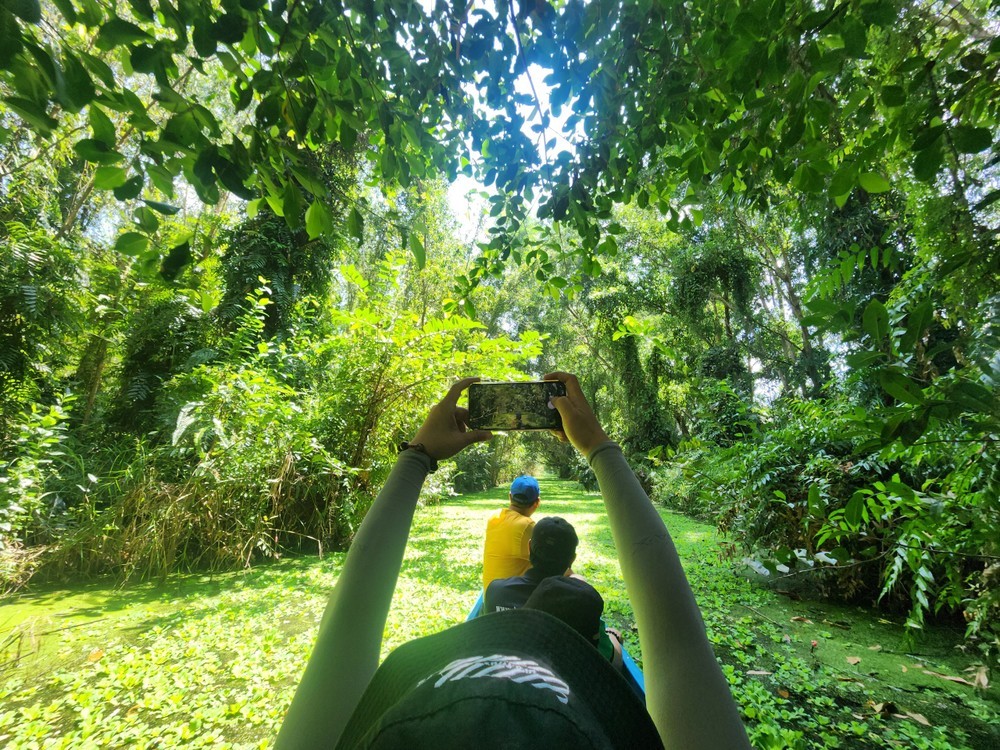
Many people have changed from the idea of traveling to see things to traveling to return to themselves. Mr. Nguyen Van Hung (Binh Thanh Ward, Ho Chi Minh City) is an example. After a long time of stress due to work, he chose to travel alone to quiet places, close to nature.
“Just leaving the city for a few days, going to a place with trees, listening to the sound of a stream or reading a book in the pine forest can help me feel relieved,” Hung shared.
Similarly, Ms. Le Thao Nhi (Long Binh Ward, Ho Chi Minh City) often chooses tours that combine yoga, meditation and healthy eating. For her, it is not only a vacation but also a sustainable lifestyle, helping to take care of both body and mind in a harmonious way.
Catching the trend, many localities have exploited natural and indigenous advantages to develop healing tourism products. In Nam Cat Tien forest (Lam Dong), visitors can experience a "slow living in the forest" tour with activities such as early morning yoga, evening meditation and living in harmony with nature. In Dong Thap, lotus flowers have become the inspiration for unique recovery programs such as cuisine , lotus bathing, meditation in lotus fields, and body care with local ingredients.
For tourism businesses, the demand for healing tourism is a sign of a change in consumer behavior. Many units have switched to designing personalized itineraries with a systematic itinerary including rest, meditation, detox, artistic creation, and natural therapy. Some resorts also cooperate with psychologists, nutritionists, and yoga instructors to accompany tourists throughout the recovery process.
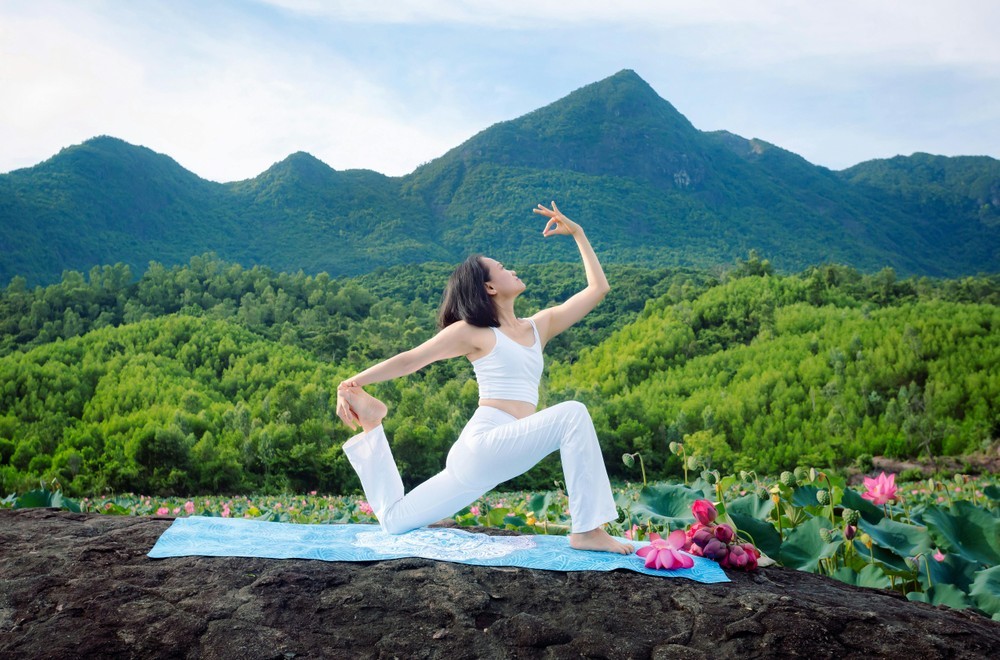
However, according to many businesses, medical tourism in Vietnam is still in its infancy, developing in a fragmented and in-depth manner. The products mainly focus on resorts, spas, meditation or yoga in the form of individual services, without forming systematic thematic activities. Notably, this type is still quite far from the local community, which is a core factor that creates the difference.
Build specialized products, linked to local advantages
Master Nguyen Minh Man, a tourism expert, said that many localities have only invested in ecological landscapes and basic infrastructure, but have not paid attention to tour guides, health experts or specialized treatment regimens.
In addition, healing tourism products lack connection and synchronization between types, making the tourist experience incomplete.
MSc. Man commented that for medical tourism to develop to its full potential, there needs to be clear guiding policies from state agencies. Each locality should proactively build a development strategy associated with the characteristics of local resources.
In particular, it is necessary to focus on training specialized human resources and strengthening regional linkages to form a unified product chain, suitable for increasingly diverse and profound needs, especially from high-spending customer groups.
Notably, the coordination between the tourism and healthcare sectors is a necessary condition to form a legal framework and a set of standardized criteria for healthcare services in the tourism environment. When there is a clear medical examination and treatment process at the destinations, along with investment incentive policies and domestic and international promotion, medical tourism can become a sustainable segment.
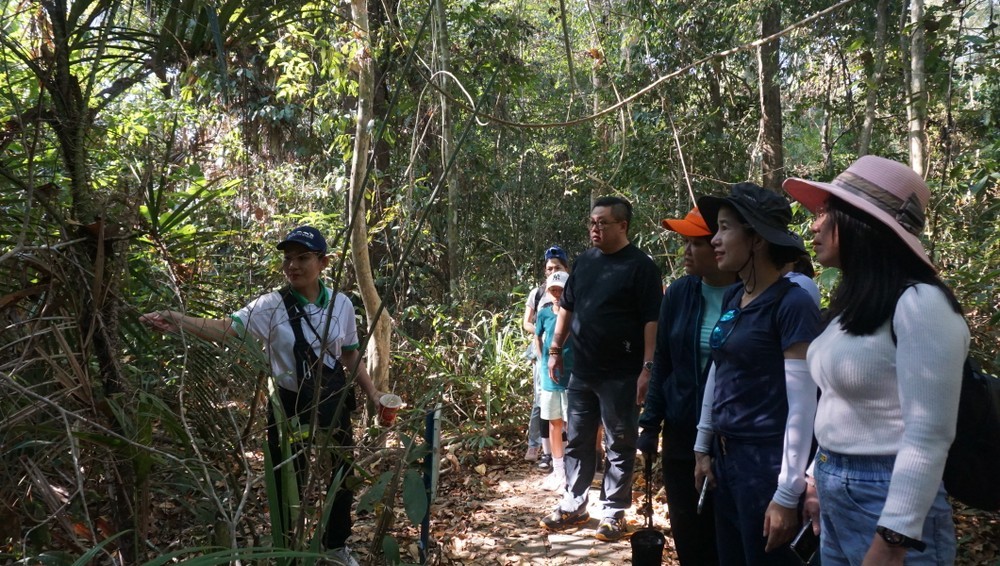
Dr. Duong Duc Minh, Deputy Director of the Institute for Tourism Development Research, said that Vietnam can make medical tourism one of the key models in localities with unique ecological, natural, and indigenous cultural advantages.
According to Dr. Minh, it is necessary to expand accommodation models combined with health care such as specialized meditation tours, yoga on the beach, tours to explore nature in the mountains and forests, combined with physical training, improving sleep quality and healthy eating.
"In parallel, there is systematic investment in infrastructure from resorts, spa centers, yoga studios, to specialized treatment centers. Special experiential activities such as living with fishermen, learning traditional fishing methods or exploring uninhabited islands also contribute to clearly defining the healing identity of the destination" - Dr. Minh analyzed.
Ms. Tran Thi Bao Thu, Marketing and Communications Director of Vietluxtour, analyzed that it is necessary to emphasize the role of the community in developing resort tourism products with regional identity. It is necessary to combine elements such as folk medicine, spiritual culture and sustainable lifestyle to create rich and in-depth experiences. This not only increases the emotional value for tourists, but also contributes to creating livelihoods and preserving traditional culture for indigenous people.
According to the Global Wellness Institute, the global wellness tourism market reached $447 billion in 2022 and is expected to grow 14.7% annually through 2027. Notable destinations include Bali (meditation - yoga), Costa Rica (forest therapy), and Thailand (international spa).
In Vietnam, this type is present in Da Lat (pine forest, yoga), Phu Quoc (spa resort), Hoi An (meditation, cultural therapy)...
According to the General Department of Tourism, medical tourism contributes about 8-10% of the tourism industry's GDP, and is expected to grow strongly in the coming time thanks to the middle class and high-end international visitors.
Source: https://baolaocai.vn/lam-gi-de-du-lich-chua-lanh-phat-trien-thuc-chat-post878759.html








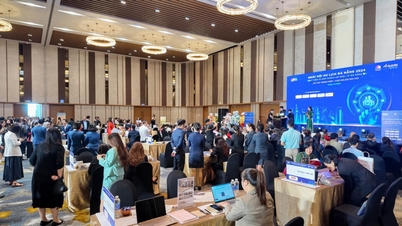

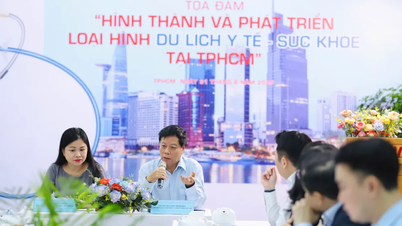

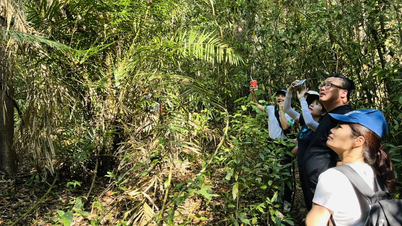
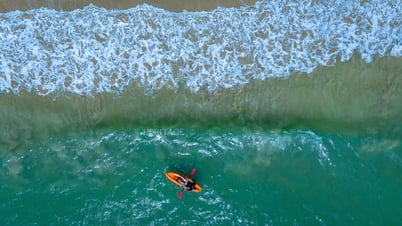

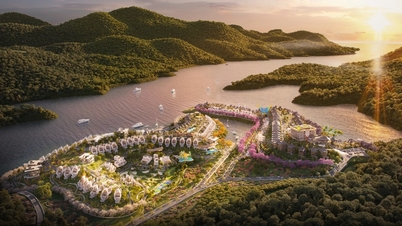



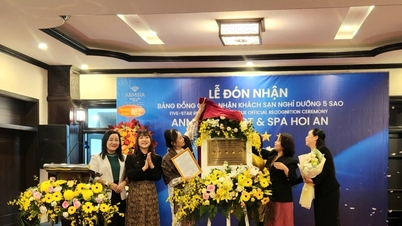
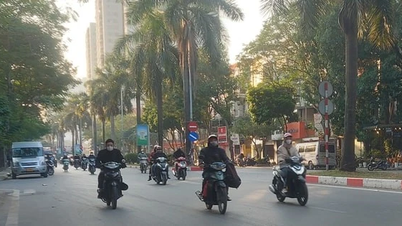
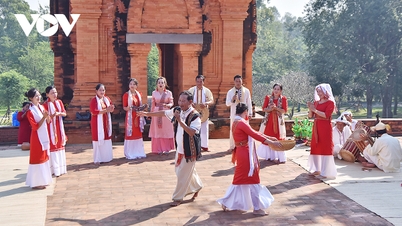

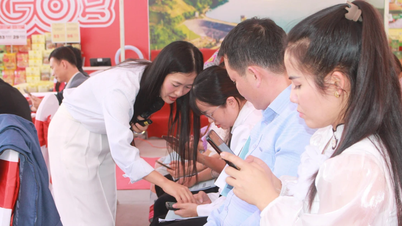
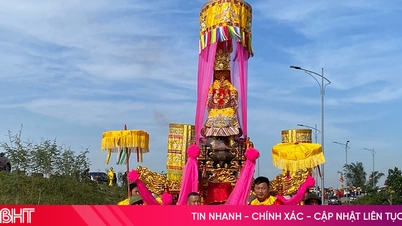

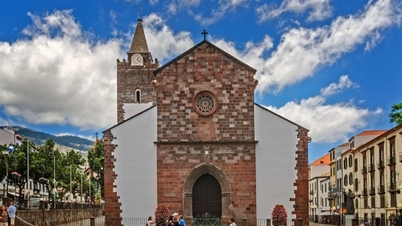





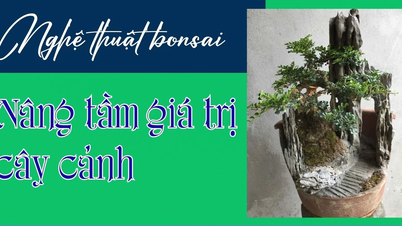
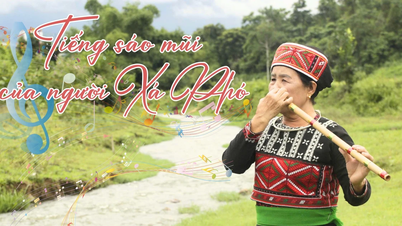
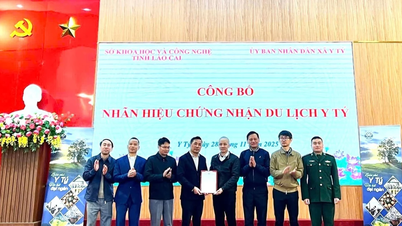
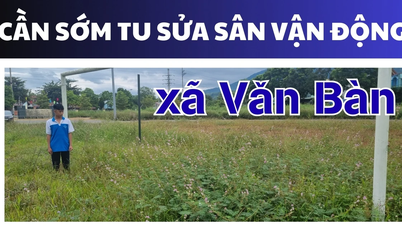


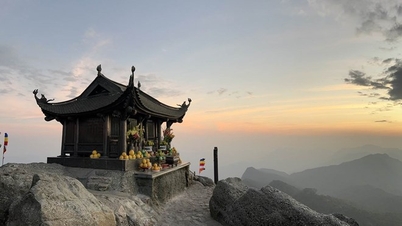

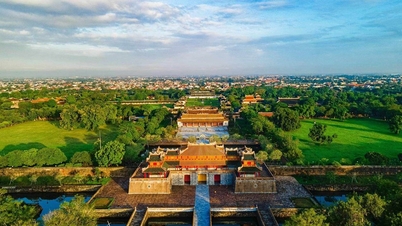

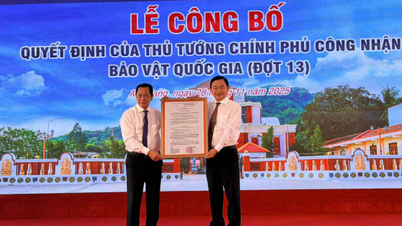

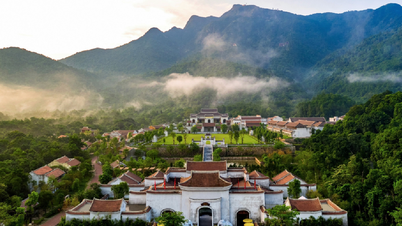

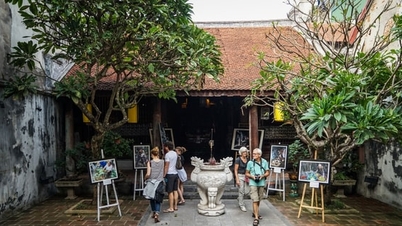

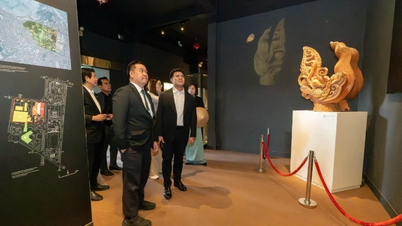





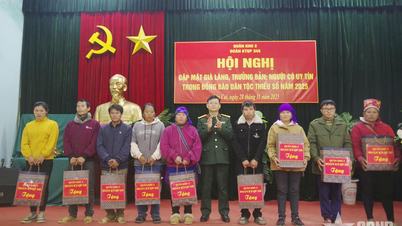

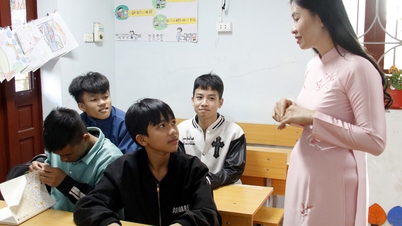



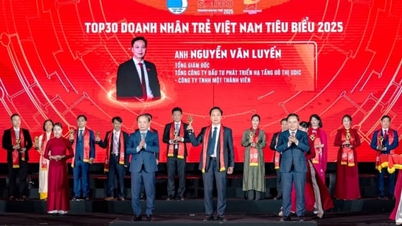






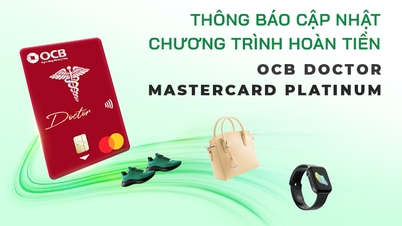
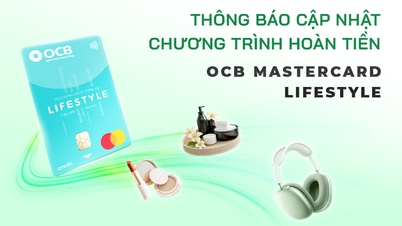
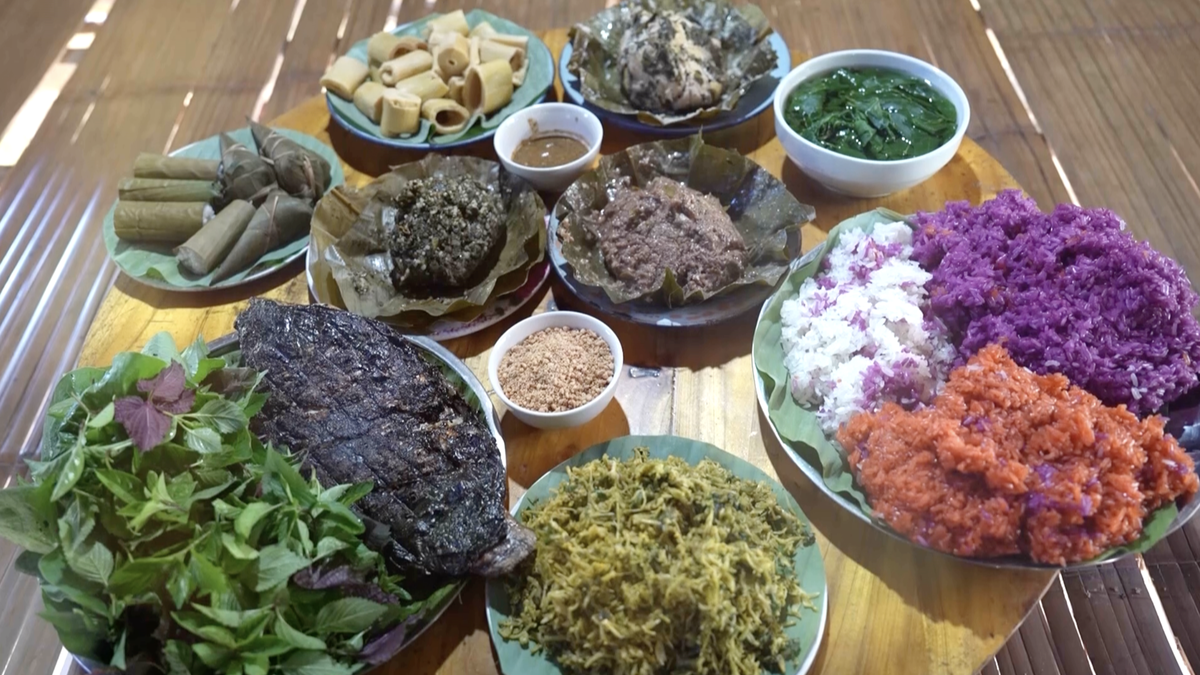
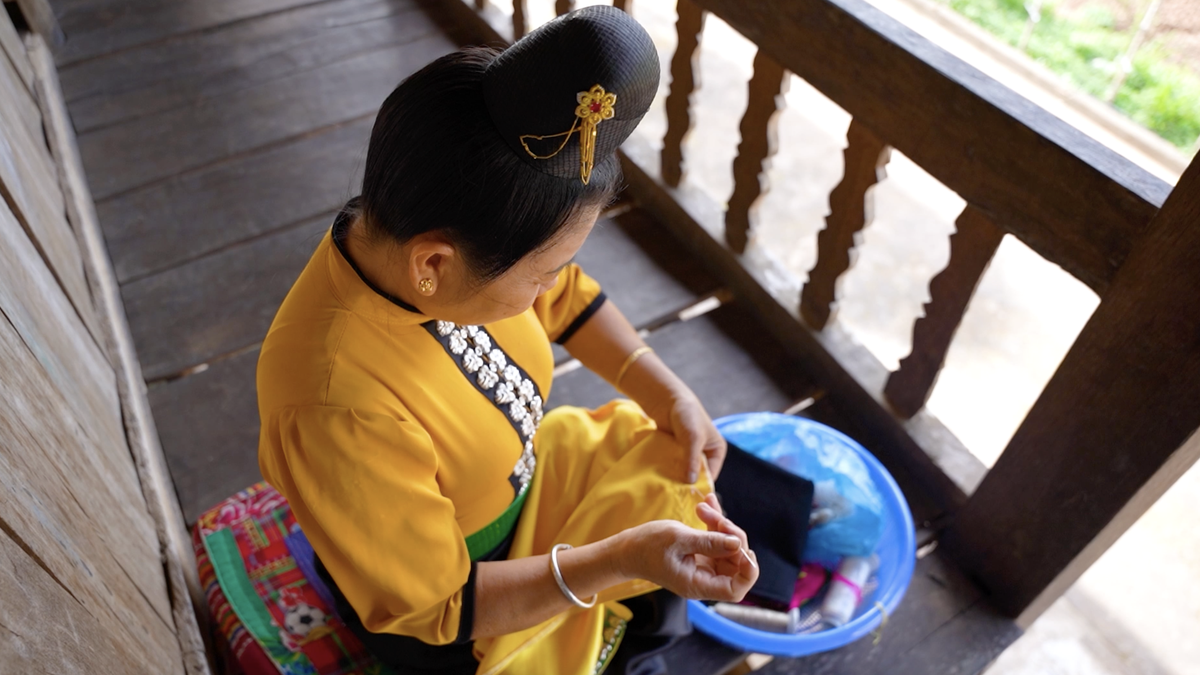

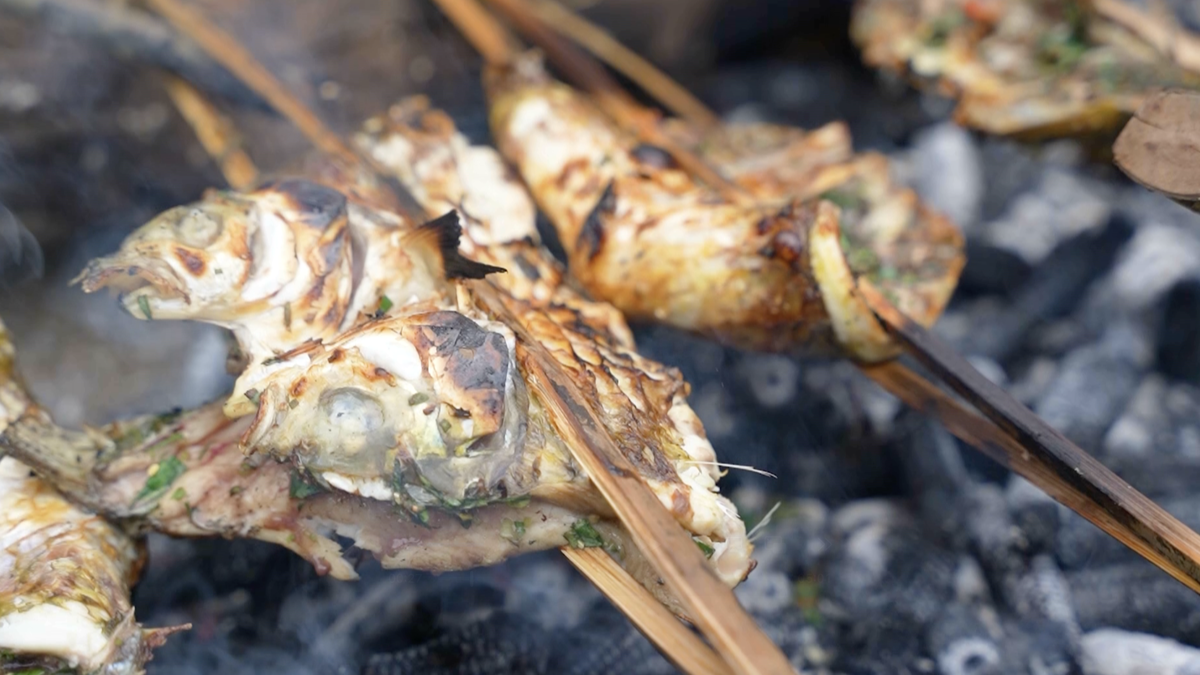
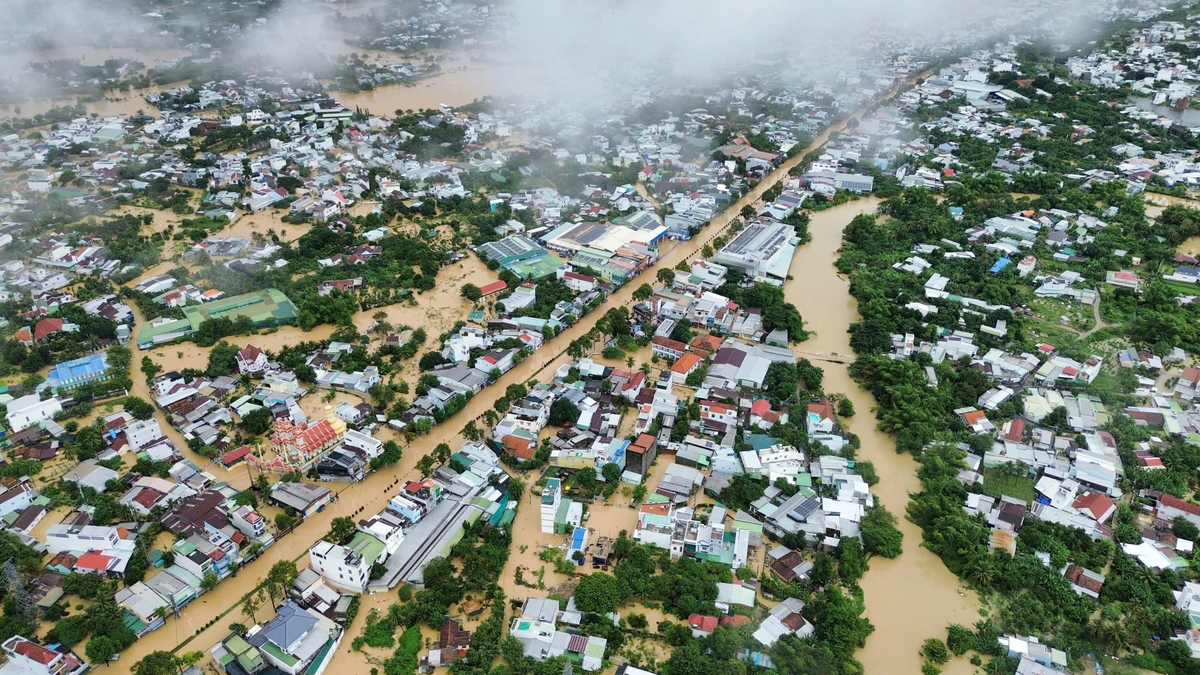
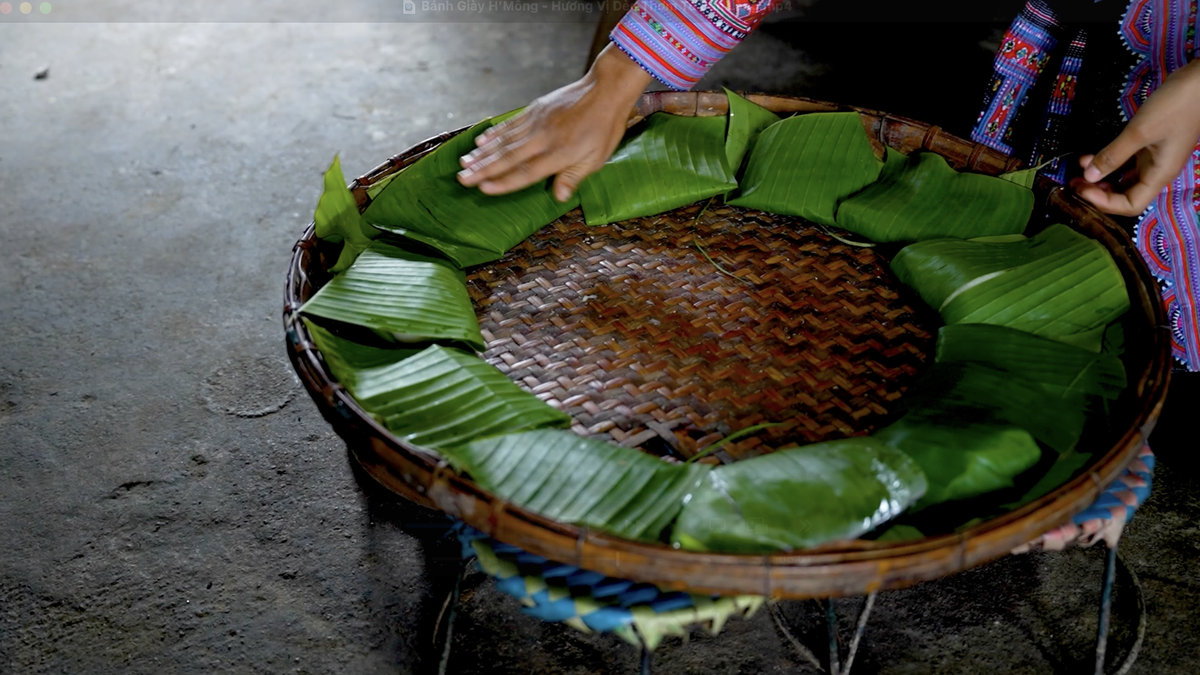
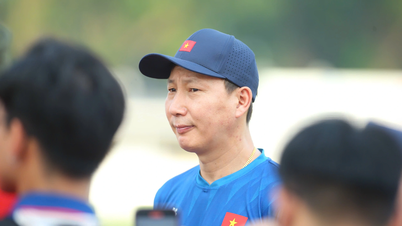

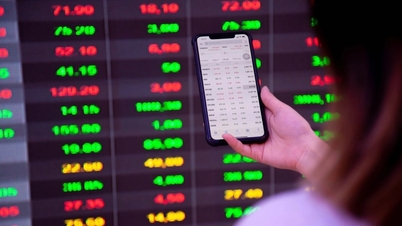

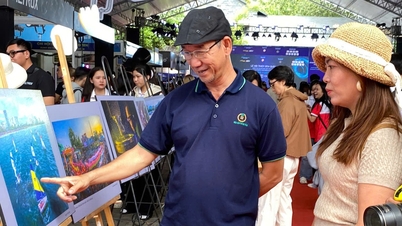
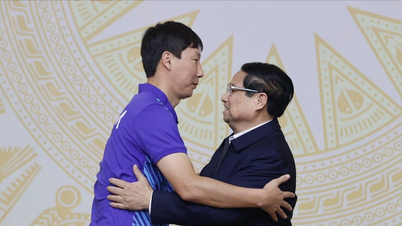
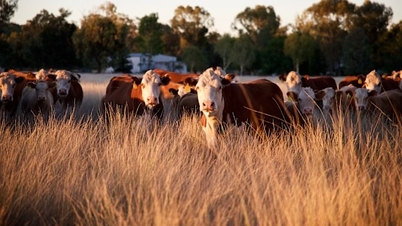



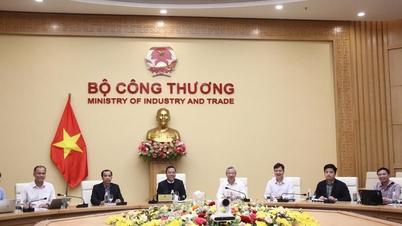

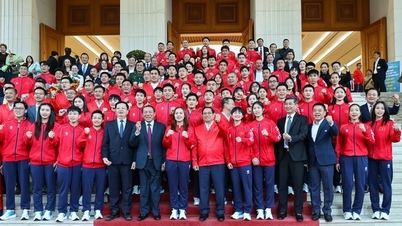
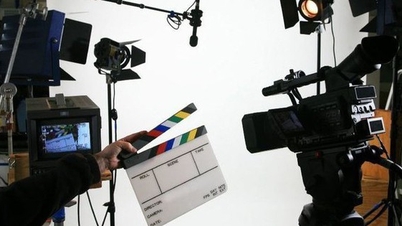

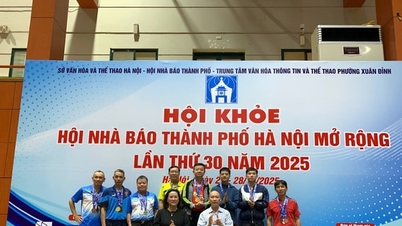
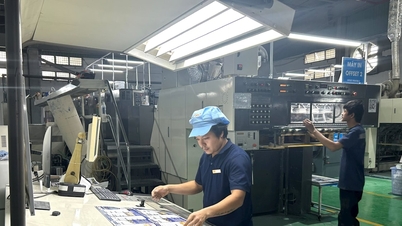





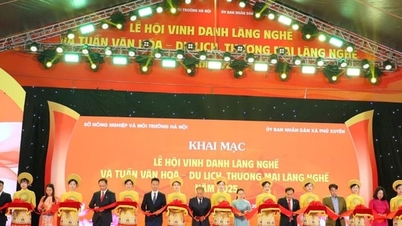

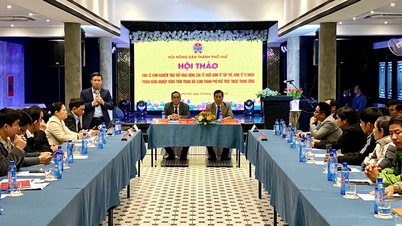

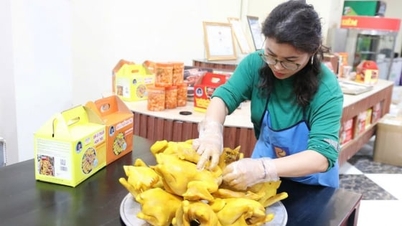





Comment (0)